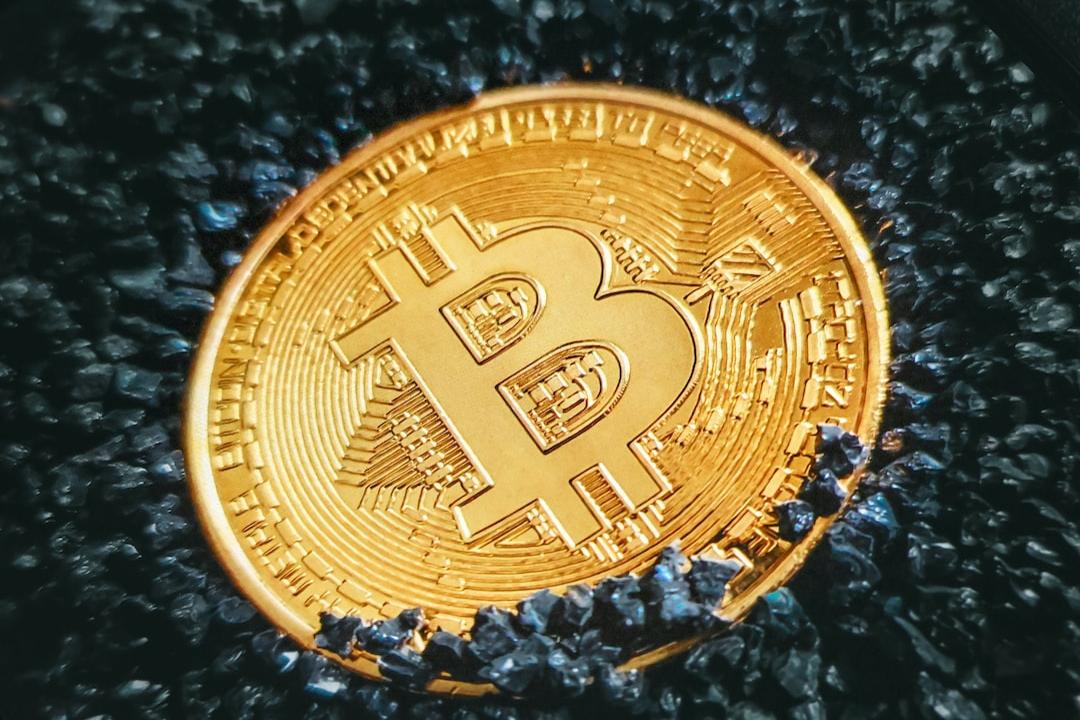Countdown to Ethereum’s “Dencun Upgrade”! “WEB3+” interviews core developers
The highly anticipated “Dencun Upgrade” (Deneb+Cancun) of the Ethereum blockchain is about to debut. Earlier this year, upgrade testing was completed on the Sepolia and Holesky testnets. As for the schedule for the mainnet upgrade, it has been confirmed to take place on March 13th at 21:55 Taiwan time.
Many people believe that this upgrade may have a significant impact on the development of the Ethereum ecosystem. It is the most important major update since the “Shanghai Upgrade” in 2023. Therefore, many projects and investors are closely following this upgrade.
What are the key points of the Ethereum Cancun upgrade? Why is it so important?
“WEB3+” interviewed Hsiao-Wei Wang, a core developer involved in the Dencun upgrade, to decipher the biggest key of this upgrade.

The Ethereum blockchain’s highly anticipated “Dencun Upgrade” (Deneb+Cancun) is about to debut. “WEB3+” interviewed Hsiao-Wei Wang, a core developer of the Dencun upgrade, to decipher the biggest key of this upgrade.
What is the Ethereum Cancun upgrade?
Just like how mobile phones and computer systems undergo screen changes, add new features, or fix bugs through version updates to improve or enhance user experience, the Ethereum system also needs updates and maintenance.
Since the release of the Ethereum whitepaper in 2013, there have been 12 major upgrade events, each named after different cities around the world, such as the Shanghai Upgrade and the Paris Upgrade. This time, it is named after the famous tourist city of “Cancun” in Mexico.
This upgrade will include five Ethereum Improvement Proposals (EIPs), including “EIP-4844” (introducing a new transaction type called “blob”), “EIP-1153” (allowing smart contracts to store data in real-time), and “EIP-4788” (improving DApp security), etc.
The most anticipated proposal in this upgrade is “EIP-4844.”

This time, it is named after the famous tourist city of “Cancun” in Mexico.
Why is “EIP-4844” so important?
If you imagine blockchain as a highway, the current Ethereum highway is facing severe traffic congestion. Therefore, by building a second layer of expressway or overpass, known as the “Layer2 chain,” this expressway can become wider.
However, even with the overpass, the traffic volume is still high, and regardless of whether it is high-capacity, trucks, or empty vehicles passing through toll booths, they all have to pay a toll. “EIP-4844” can make this toll cheaper.
Currently, the second layer blockchain processes millions of transactions daily and sends back transaction proofs to Ethereum. Therefore, data storage and transaction costs are the biggest challenges.
Hsiao-Wei Wang stated that “EIP-4844” will introduce a new type of transaction called “blob.” Since blob can greatly increase the amount of stored data, each block in Layer2 can carry more data, thereby making transaction fees cheaper.
This proposal can not only reduce the cost and improve the efficiency of Ethereum Layer2, but also play a crucial role in Ethereum’s further scalability and enhance its competitiveness on Layer2.

However, even with the overpass, the traffic volume is still high, and regardless of whether it is high-capacity, trucks, or empty vehicles passing through toll booths, they all have to pay a toll. “EIP-4844” can make this toll cheaper.
Ethereum upgrade delayed again! What are the difficulties?
The highly anticipated Ethereum “Cancun Upgrade” was originally scheduled for the end of 2023. However, before the official upgrade, it must undergo testing on multiple testnets, causing delays in the mainnet upgrade.
These testnets are mainly used to simulate the behavior of the Ethereum mainnet, allowing developers to test contract and protocol changes without disrupting the Ethereum mainnet or using real currency.
Therefore, when there are significant changes to the Ethereum protocol on the mainnet, they will first be completed on these testnets.
Hsiao-Wei Wang gave an example that during testing on the Goerli testnet, the team discovered a bug, demonstrating the importance of pre-testing on testnets.
Before deploying on the mainnet, there are many preparations to be made, including software code for cross-Ethereum execution and consensus layers, as well as multiple client teams. Moreover, the most challenging and unique part of this upgrade is that most of the changes belong to the P2P network layer, so there are more factors to consider during testing.

During testing on the Goerli testnet, the team discovered a bug, demonstrating the importance of pre-testing on testnets.
Hsiao-Wei Wang stated that in the past, most updates were changes to Ethereum’s consensus, so when developers tested, they were very certain about the results that would affect the blockchain state, allowing for quick and intuitive testing.
However, network testing involves a large number of users and requires stress testing through multiple test chains, as well as the connection between different clients. Compared to consensus testing, there are more variables involved, and the team has accumulated a lot of testing experience as a result. “Testing time is really precious because the testing time for each testnet is fixed. Overall, taking the opportunity to test more times is more beneficial than detrimental.”
In any case, Ethereum’s upgrade this time will undoubtedly bring more efficient and cheaper transactions to the blockchain world. Many users are eagerly anticipating this upgrade to become a key factor in shaping the Ethereum ecosystem and driving the entire industry towards a more prosperous future.
Proofreading Editor: Gao Jingyuan

